Watch the Tape: Arkansas Razorbacks
After six consecutive Southeastern Conference victories Big Blue Nation was starting to regain some optimism. Kentucky was climbing the league standings, showcased real improvements on both ends of the floor, and were officially trending in the right direction. However, we were all brought back to reality on Tuesday night at Rupp Arena. The Arkansas Razorbacks absolutely dominated the Wildcats in the second half on their way to an 88-73 victory. It was the Razorbacks fifth straight SEC win as they improved to 17-7, 6-5 in an important NCAA Tournament bubble game. Meanwhile, Kentucky fell to 16-8, 7-4.
A back-and-forth first half saw both teams play very well on the way to a 41-40 Arkansas advantage. Jordan Walsh and Ricky Council IV both threw in tough three-pointers and the Razorbacks shot 10-10 at the free throw line to help stay on the right side of the scoreboard. As for Kentucky, Cason Wallace and Chris Livingston kept pace combining for 18 first half points. However, it quickly came crashing down in the second half. Anthony Black got two steals and run-out layups that immediately increased the lead and they never really looked back from there. The Razorbacks shot an incredible 72% from the field in the second half as they torched the Wildcats defense time and time again on their way to the 15-point road win.
It won’t be fun, but it is time to step inside the KSR Film Room once again and break this one down. Kentucky was dominated in ballscreen situations and made no adjustments throughout the game despite getting beat continuously. Offensively, things still weren’t bad. 73 points against a Top 15 defense is good enough to win. However, it was vastly overshadowed by an all systems failure on the defensive end. That is where our focus will be in this edition of watch the tape. Let’s dive on in and take a look at what went wrong against the Arkansas Razorbacks.
Arkansas Dominated Kentucky in Ballscreen Situations
You wouldn’t need to know much about basketball to know that Kentucky has been exploited via the ballscreen this season. Opposing coaches have routinely mentioned in post game press conferences wanting to attack Oscar Tshiebwe with ballscreens. However, against the Arkansas Razorbacks, there was a clear defensive coverage that could have negated their offensive strengths. The Razorbacks are not a good three-point shooting team. In fact, they are among the worst in the country at just 31%. That percentage is even lower when you look at Synergy and isolate their three-pointers taken off of ballscreens (18.4%). By going UNDER the ballscreens Kentucky could have successfully stayed between the ball and the basket. Unfortunately, that did not happen.
The Arkansas Razorbacks guards are excellent at attacking the basket off of the dribble. They are big, athletic, and want to get to the rim. However, they are low percentage shooters. It would make sense to play a ballscreen coverage that would help you stay in front of the ball and cut off penetrate. As a general rule that would mean either going UNDER the ballscreens or switching them. It would not mean “icing” the ballscreens which actually encourages downhill penetration. Arkansas “ices” ballscreens because they have elite rim protection. Kentucky does not. Oscar Tshiebwe was slow to recover and Jacob Toppin did not help at all on the roll. This could have been avoided by going under. No reason to jump out to 28-feet against a non-shooter.
This is a perfect example of the difference between going under and going over the ballscreens. On the left wing, Chris Livingston hops under the handoff and meets #1 Council IV on the other side. Then, Antonio Reeves goes under on the right wing as well and cuts off #4 Davis’ left-hand drive. However, on the ballscreen with five seconds on the shot clock Reeves goes over and gives Davis an open jump shot. There are two primary issues here at the end. First, that late in the shot clock you should be switching the ballscreens. Secondly, Reeves has Davis going to his right hand. Stay down on the fake! You WANT him driving it left, but Davis wants to come back left. They should be going under, but also should execute better regardless of the game plan.
One of the biggest issues with Kentucky’s ballscreen coverage is that it isn’t always even clear what they are attempting to do. Right, wrong, or otherwise the game plan should at least be clear to fans who know what they are looking for. Against the Arkansas Razorbacks though there were times when different players seemed to have different ideas of what they were supposed to do when guarding the ballscreens. Here, Chris Livingston jumps out as if he is “icing” the ballscreen, but Daimion Collins is still on the other side of the screener not knowing Livingston is going to “ice” it. It is impossible to know who is at fault in this clip, but communication clearly is an issue. That comes from both the sidelines and the five guys on the floor.
Standing at 6’7″ with point guard skills, Anthony Black is a terrific finisher around the basket. However, the Arkansas Razorbacks five-star freshman is not much of a shooter. That didn’t keep Kentucky from chasing him over the top of ballscreens all night long on Tuesday at Rupp Arena. Additionally, there has to be better and more urgent help at the point of the screen from Oscar Tshiebwe. #0 Black is a right hand driver first and foremost. You have to be more prepared to get over there and cut off the drive. Yes, there are issues with the execution but this is more of a game plan problem than it is a problem for specific players.
Poor Defensive Disciple and Concentration
Kentucky’s issues guarding the ballscreens are common knowledge at this point. The above section certainly drove that point home as well. However, the Wildcats struggled in nearly all aspects defensively both on and off of the ball. There is absolutely no thought given to personnel-specific scouting report notes, closeouts are consistently lazy, and players are often out of position. That is what ends up allowing an average Arkansas Razorbacks offense to put up 88 points.
#13 Jordan Walsh is a right-hand driver and essentially a non-shooter. If you closeout a step short and make him take a contested jump shot we will live with the results. However, what it is much harder to live with, is closing out beyond him and giving up a straight line right hand drive. Jacob Toppin then compounds his mistake by turning it over on the inbounds. Really disappointing stretch from a senior.
This is an example of a breakdown of communication and decision-making. First off, again, why are we jumping out to 30-feet to guard #4 Davis? He is not going to shoot behind the ballscreen. If he does, great, he might air ball it like he did on the one he shot Tuesday night. Secondly, there is so much more help that could have been provided on the back side. Both Cason Wallace and Chris Livingston should be parked at the midline in the middle of the lane because they are guarding non-shooters. That alone would have taken away the roll. At the very least, this should have been an “x-out.” Have Daimion Collins take the ball, Livingston steps over to take the roll man, and CJ Fredrick goes out to take the corner. Also, just make Davis try and finish going right! Don’t over help!
It is hard to understand the thought process of chasing #4 Davis around like he is Ray Allen. We are talking about a 32% three-point shooter who barely makes one a game here. However, Kentucky chased the Arkansas Razorbacks guard around all night on Tuesday. Look at CJ Fredrick in this clip. It is like he is scared of Davis shooting. You should WANT him to shoot. Again, this is a game planning issue, not Fredrick’s fault. Giving a left-hand driver a straight hand left hand drive due to chasing him around the perimeter is not good.
Wildcats Still Showing Some Real Signs Offensively
Nobody wants to hear it, and it was still ugly at times, but Kentucky’s offense was once again not the problem. The ‘Cats put up 73 points in 69 possessions against one of the best defensive teams in college basketball. That should have been good enough to win the game. Unfortunately, it was not. The Arkansas Razorbacks blocked seven shots and stole it from the Wildcats 10 times. However, they also gave up 14 offensive rebounds and allowed Kentucky to shoot 51% from inside the arc. It was a high ball screening clinic once again for Coach Calipari’s offense. They just couldn’t get into enough in the second half to stop the bleeding. Let’s finish with looking for a little bit of positivity.
The Wildcats aren’t the only team that struggles with ballscreen defense. Arkansas did not have a very good plan either when it came to their defensive coverage. Early on, Kentucky got rolling off of simple high ballscreen action for Cason Wallace. When defenses “ice” the ballscreen it pretty allows Wallace to get right to his spot for a pull-up jumper.
There simply isn’t much you can do to defend this. The Arkansas Razorbacks struggled to contain both Cason Wallace and Antonio Reeves off of the ballscreen. Reeves hit a jump shot with his foot on the line earlier in the half before burying this three-pointer. This is a big time shot from one of Kentucky’s primary playmakers.
Arkansas turned up the defensive pressure even more in the second half, but Kentucky still found success when they could get into high ballscreen situations. Cason Wallace plays with such great pace and covers a lot of ground when he comes off of the ballscreen. The more that the Wildcats can get Wallace and Antonio Reeves in high ballscreens the better it is for their offense. That has been part of their recent offensive improvements over the last month.
When the Arkansas Razorbacks started to pull away it was during a stretch where their defense kept the Wildcats from getting into as many high ballscreens. However, when the ‘Cats got back to it they immediately found success once again. This is text book shot creation by Cason Wallace who scored a team-leading 24 points in the game. He does a great job of snaking back to his right hand to create a long recovery for his defender and is able to rise up for the jumper at the elbow. Excellent execution.

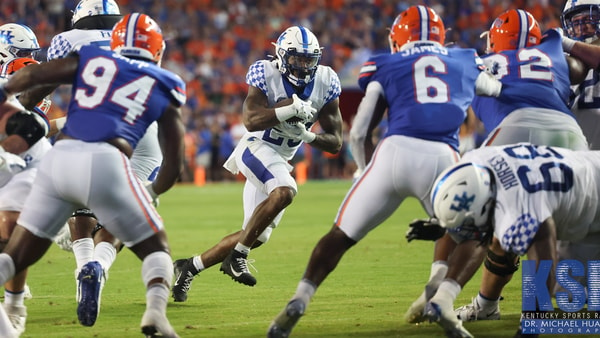
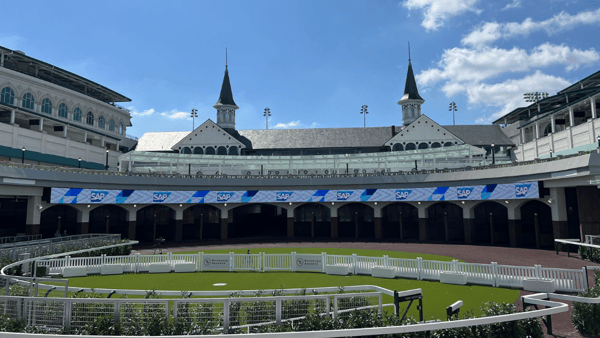
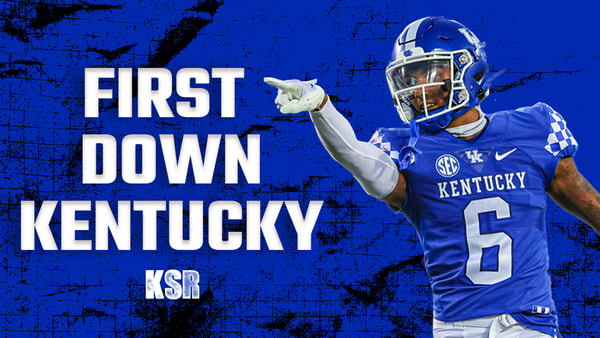
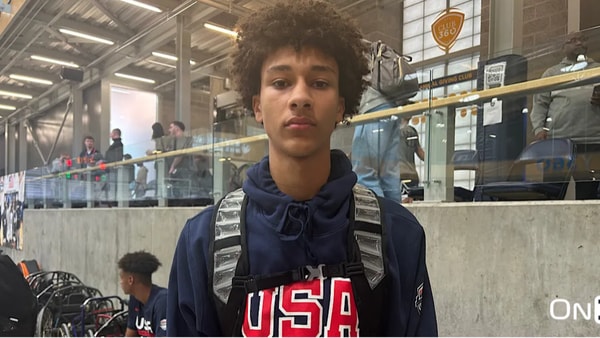
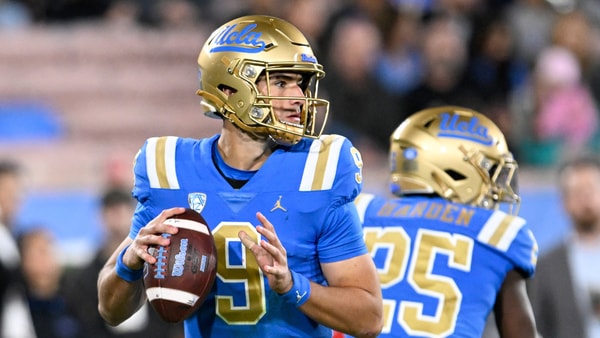
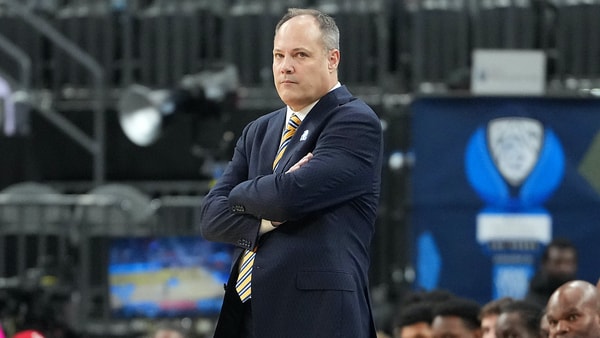
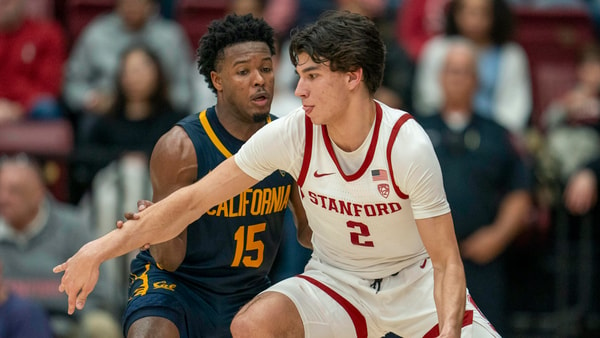
Discuss This Article
Comments have moved.
Join the conversation and talk about this article and all things Kentucky Sports in the new KSR Message Board.
KSBoard